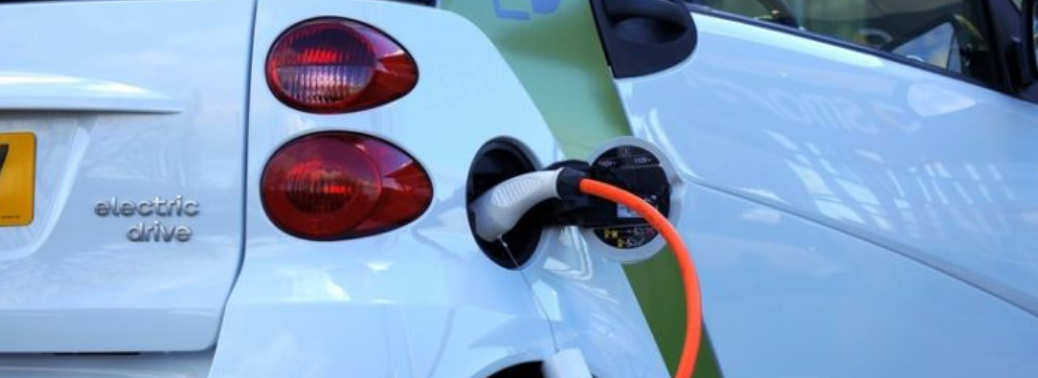AMENDMENTS IN ELECTRIC VEHICLE (EV) CHARGING GUIDELINES AND SPECIFICATIONS
06, Oct 2019

Prelims level : Governance- Policies & Schemes
Mains level : GS-II- Government policies and interventions for development in various sectors and issues arising out of their design and implementation.
Why in News?
- To boost Electric Vehicles in India, the Union Minister of State for Power and New & Renewable Energy (IC) Shri RK Singh has approved amendments in Electric Vehicle Charging Guidelines and Specifications.
Highlights:
- The guidelines have been made more consumer-friendly.
- In order to address a range of issues of electric vehicle owners, a phase-wise installation of an appropriate network of charging infrastructure throughout the country has been envisaged in the Guidelines ensuring that.
- At least one charging station should be available in a grid of 3 km X 3 km in the cities, and
- At least one charging station every 25 km on both sides of highways/roads.
- Assuming that most of the charging of EVs would take place at homes or at offices where the decision of using Fast or Slow chargers would rest on the consumers, it has been clarified in the guidelines that private charging at residences/offices shall be permitted and DISCOMs may facilitate the same.
- Setting up Public Charging Stations (PCS) shall be a de-licensed activity and any individual/entity is free to set up public charging stations subject to the conditions as specified in the Guidelines.
- Bureau of Energy Efficiency (BEE) has been nominated as the Central Nodal Agency.
- The domestic charging shall be akin to domestic consumption of electricity and shall be charged as such.However, in the case of PCS, it has been provided that tariffs for the supply of electricity to PCS shall be determined by the appropriate commission in accordance with the Tariff policy.
Bureau of Energy Efficiency (BEE):
- It is a statutory body under the Ministry of Power, Government of India.
- It assists in developing policies and strategies with the primary objective of reducing the energy intensity of the Indian economy.
- It coordinates with designated consumers, designated agencies, and other organizations to identify and utilize the existing resources and infrastructure, in performing the functions assigned to it under the Energy Conservation Act.






